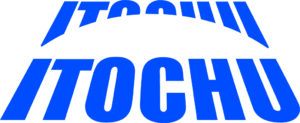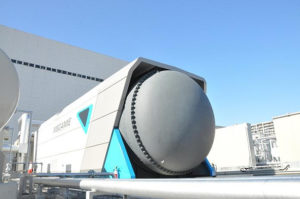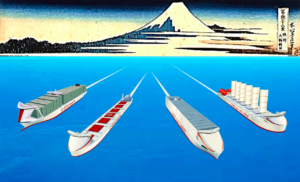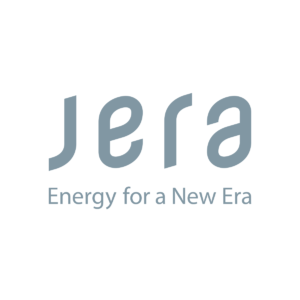Japan
News from Mitsubishi Hitachi Power Systems
A series of announcements from Mitsubishi Hitachi Power Systems this year shows the breadth of the company’s efforts to prepare for the energy transition. MHPS is a prominent global supplier of large gas turbines for power generation, and is a member of Japan’s Green Ammonia Consortium.
Maritime Ammonia: ready for demonstration
At least four major maritime ammonia projects have been announced in the last few weeks, each of which aims to demonstrate an ammonia-fueled vessel operating at sea. In Norway, Color Fantasy, the world's largest RORO cruise liner, will pilot ammonia fuel. Across the broader Nordic region, the Global Maritime Forum has launched NoGAPS, a major consortium that aims to deploy "the world's first ammonia powered deep sea vessel" by 2025. In Japan, a new industry consortium has launched that goes beyond on-board ship technology to include "owning and operating the ships, supplying ammonia fuel and developing ammonia supply facilities." And the Ministry of Land, Infrastructure, Transport and Tourism (MLIT), which published its roadmap last month, aims to demonstrate ammonia fuel on "an actual ship from 2028" — specifically, a 80,000 dwt ammonia-fueled bulk carrier.
Industry consortium announces feasibility study for co-firing ammonia in thermal power plants
In March 2020, IHI Corporation, JERA Co., and Marubeni Corporation announced a feasibility study "to evaluate possible applications for the co-firing of ammonia in thermal power plants." The Japanese companies have contracted with NEDO to deliver detailed technical and economic analysis on the use of ammonia as a direct fuel for power generation. In addition, with support from Woodside Energy in Australia, they "will examine the construction and operation of world-scale ammonia facilities and the optimisation of supply chain costs" to support "large-scale export of hydrogen as ammonia."
Ammonia Included in Japan's International Resource Strategy
Japan’s Ministry of Economy, Trade and Industry has singled out ammonia for the role it can play in the country’s creation of a "carbon-free society." The news was embedded in METI’s New International Resource Strategy which was released on March 30. In the report's framing, ammonia is cited for its association with “the concept of importing renewable energy produced in other countries.” In a departure from the practice found in most reports on the energy transition, the ammonia discussion stands alone and not as one item on a roster of potential renewable energy vectors.
Literature Review: Ammonia as a Fuel for Compression Ignition Engines
The diesel engine, also known as the compression ignition (CI) engine, has been a workhorse of the modern energy economy for more than a hundred years. Its role in the coming sustainable energy economy will be determined by its ability to co-evolve with climate-friendly fuels. Two researchers from the National Institute of Advanced Industrial Science and Technology in Japan have now examined the fit between ammonia and the CI engine. Pavlos Dimitriou and Rahat Javaid arrive at a two-part conclusion in their paper, “A review of ammonia as a compression ignition engine fuel,” published in January in the International Journal of Hydrogen Energy. Part one is good news: “Ammonia as a compression ignition fuel can be currently seen as a feasible solution.” Part two is a dose of qualifying reality: to manage emissions of N2O, NOx, and unburnt NH3, “aftertreatment systems are mandatory for the adaptation of this technology,” which means that ammonia-fueled CI engines are likely to be feasible “only for marine, power generation and possibly heavy-duty applications where no significant space constraints exist.”
Japan Advances SOFCs for the Built Environment
A steady stream of Japanese news reports over the last several months attest to the country’s progress in deploying fuel cells in the built environment. Dubbed “Ene-Farms,” the appliances function as micro-scale combined heat and power units, providing electricity as well as heat for domestic applications. Most of the Ene-Farms deployed so far feature proton-exchange membrane (PEM) technology (which requires high-purity hydrogen). However, two recent developments show that solid oxide fuel cell (SOFC) technology (well suited for ammonia) could play a role, maybe even a large role, in Japan's Hydrogen Society.









